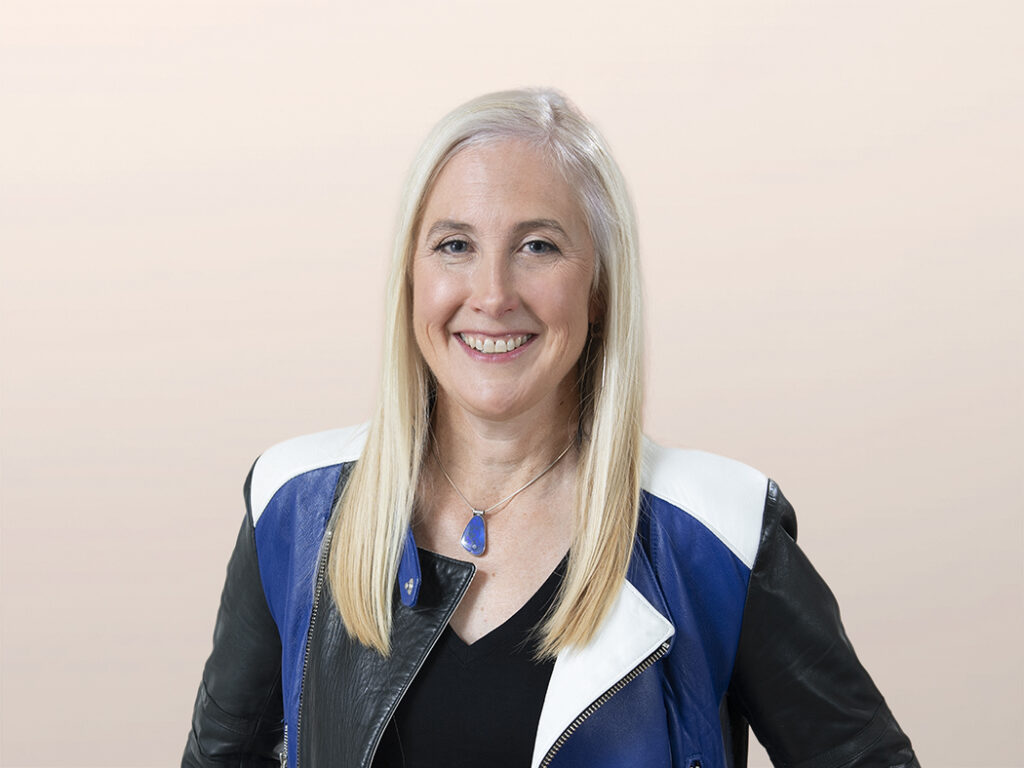A Confession: I Have A Crush On Candy Crush
King had $1.9B in 2013 gross revenue with the majority coming from Candy Crush.
Wow.
I first heard of Candy Crush about a year ago. I was on vacation in Germany with my husband. One of my friends – for context, she was a college roommate now a CTO at a Fortune 500 company in Silicon Valley – started chatting with me on Facebook. It dawned on me it was 2 am in California.
Turns out she had worked late and was up playing Candy Crush. I couldn’t get my head around what it was about this game that was keeping her from sleeping, but she explained, “It’s fun. It’s hard. The game keeps changing. It’s always challenging.”
I advised her to go back to sleep, but couldn’t stop thinking about the conversation. The analyst in me had to dig a bit further.
There are a number of publishers with big hits like Candy Crush. The business model for some lies in in-app revenue, which is why “free” downloads want your gender, age, mother’s maiden name and social security number. Others profit from a minority of users who make in-app purchases to do things like purchase more lives, buy weapons (other games), and send gifts to their friends and fellow players. What’s interesting?
1. It’s software on a connected device.
Users are able to continually update and expand the game. They can even personalize it to feed their particular addiction—keeping them coming back for more.
This is one way in which consumers make the mobile mind shift. Consumers expect more relevant and personalized services and content. Your ability to deliver such experiences relies on your understanding of context and your ability to generate and leverage insights to engage your customers on an ongoing basis. You need agile development and plans for several new major releases of your app each year.
2. King brilliantly monetizes mobile moments.
We pick up our phones probably 200+ times a day. Mostly we glance at information. At times we are productive: we pay bills or place an order for groceries. Often, we kill time. We seek entertainment. Facebook’s monthly minutes of use blow yours away unless you are Kakao Talk or Candy Crush. Ask yourself? Why don’t consumers click your branded icon on the phone? What would it take for them to do so? What’s it worth to you? Starbucks is one of the few US-based brands that comes close on a regular basis.
3. It’s addictive. We can’t stop playing it. Our friends can’t stop playing it.
Don’t you wish your consumers were addicted to engaging with you? Some of the analysis says King is “one and done” and won’t repeat its success. I’ve spent more than a decade researching consumer behavior on mobile devices. Achieving ongoing engagement is hard. Most brands or companies fail. You can’t underestimate the brilliance of King’smechanics or analytics/insights its use to fuel growth. Few have cracked this nut.
4. It’s social.
You often need your friends to play – or enable you to play. It forces consumers not only to invite their friends to play, but to push them to play. (Like me, you’re likely annoyed by the repeated requests you get to play games on Facebook.)
Imagine you have found a fabulous dress on sale at Nordstrom’s. However, you aren’t allowed to buy it unless you first show it to three of your friends and they approve of your purchase. The social element creates an ideal marketing engine. Customers are directly rewarded for driving both awareness and acquisition of new customers. Go word of mouth!
[Disclosure: I have spent about $8.91 on stickers in WeChat. I cannot resist. I am one of the minority of users who spends $.99 at a time to entertain myself and personalize my communication. I am just as much an addict as my friend.]
My Crush: I am obsessed with understanding the mechanics of engaging consumers on mobile devices.
The stats on Candy Crush (source: USA Today, Wall Street Journal):
408M monthly active users
97 million daily active users
2013 Annual Earnings: $567.6M
2013 Revenue: $1.9B
Goal: Raise $500M
Candy Crush represents 78% of King’s gross bookings
